The small size of the pygmy marmoset monkey has made it potentially susceptible to predators like small felids, climbing snakes like pit vipers, and different birds of prey like hawks and eagles.
The average lifespan of the pygmy marmoset is 11-12 years in the wild. However, in captivity, they have been seen to be living up to 18.6 years.
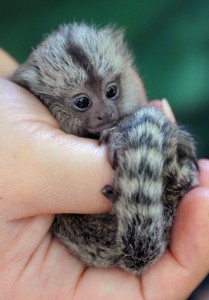
Baby Pygmy Marmoset Pictures
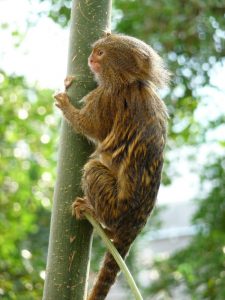
Pygmy Marmoset Photos
As Pets
Despite being popular as cute-looking, pygmy marmoset monkeys are not very competent as pets for a few of their natural habits. Adult monkeys being quite unpredictable are hard to care for and it needs a lot of time for the same, especially while training them. These monkeys, when full grown, can often be quite aggressive by nature. Also, they are very expensive, and even the huge glass or wire cage needed for them too can be quite costly. Above all, these monkeys can’t be kept alone. They must be kept in group, or at least, with a second individual. Nevertheless, many people do adopt them. However, legal permission might be necessary before they are adopted as pets.
Cage: They need a large cage, with lots of swings, toys, towels and tunnels. The cage must also contain plants to create their wild environment. These monkeys need sunlight. So arrangements must also be made such that, sunlight can easily reach them, or else, a heating source like a 250-watt bulb or infrared lamp is necessary. The urine of these monkeys smells awful. So, the cage must regularly be cleaned, or else it might be very stinky and dirty.
Diet: The diet of these monkeys should be rich in Vitamin C and D3. Other than the canned biscuits available in the market for these monkeys, fruits (especially bananas and grapes), vegetables, eggs, pastas, cooked fish and meat, cereals, rice, and small insects can also be offered to these creatures, but in rotation, or else, they will easily get bored of their food. They also love sweet foods like cakes, melted ice creams, jelly etc.
Diseases and Vet Care: Pygmy marmosets are prone to catching cold. These monkeys can catch any human diseases. They can even catch diseases like cold sores, measles, chickenpox, and can even get contradicted with HIV. So, enough care should be taken when these mammals are kept as pets, and must immediately be taken to the primate vet, once they fall sick.
Conservation Status
Pygmy marmoset monkeys are not endangered. Due to its high population in its own range and habitat, the IUCN 3.1 has categorized it under ‘Least Concern’ species list.
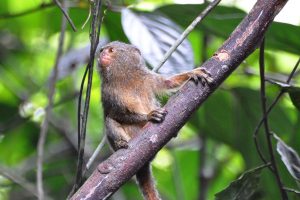
Pygmy Marmoset Images
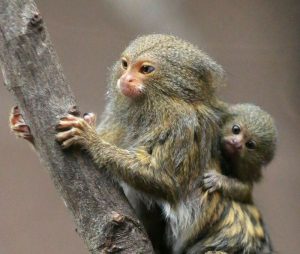
Pygmy Marmoset Full Grown
Interesting Facts
- These monkeys have got their name ‘marmoset’ from the French word ‘marmouset’, which means ‘shrimp’ or ‘dwarf’.
- There is not much visual difference between the two sexes of the pygmy marmoset. The only difference is that, the female looks a little heavier than the male.
- The claw-like nails of the pygmy marmoset are called ‘tegulae’, unlike the flat nails, which the other primates have and are called ‘ungulae’.
- Although, this mammal is the smallest monkey in the world, but it is not the smallest primate, which is the ‘mouse lemur’.

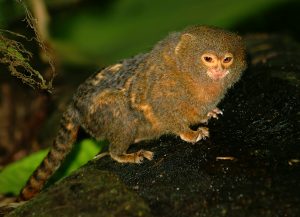
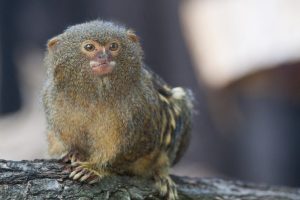
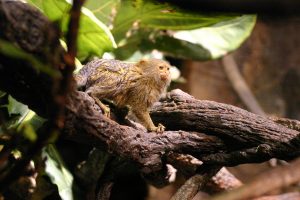
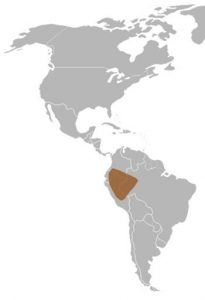
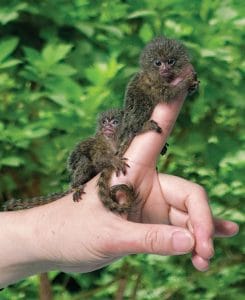
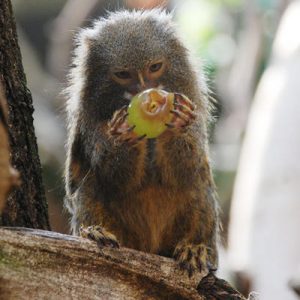
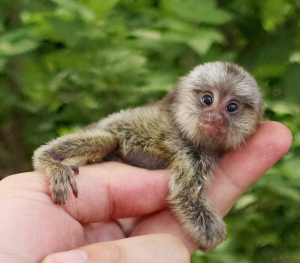
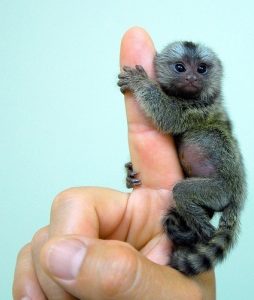
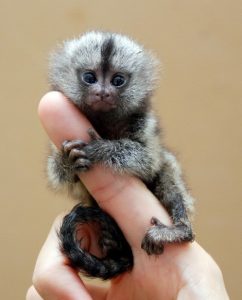




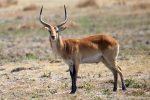









This website is very helpful for my march madness assignment
Thank you for your help with my project in school today.
I love pygmy marmosts thank you for the information